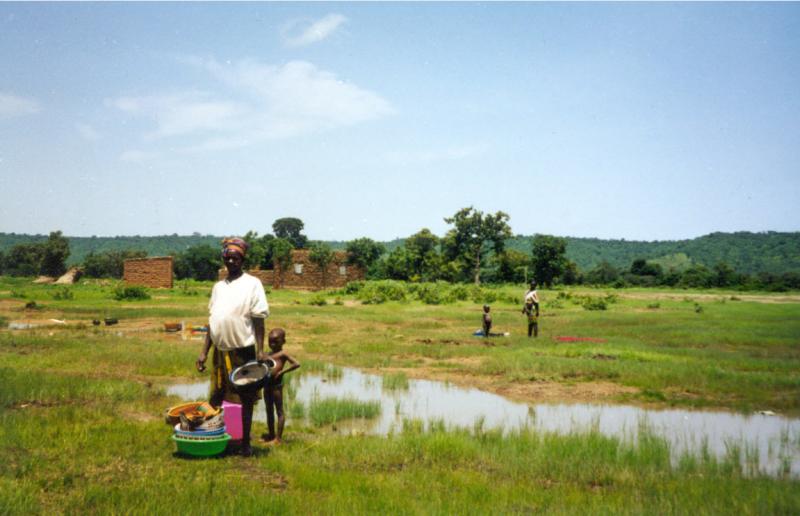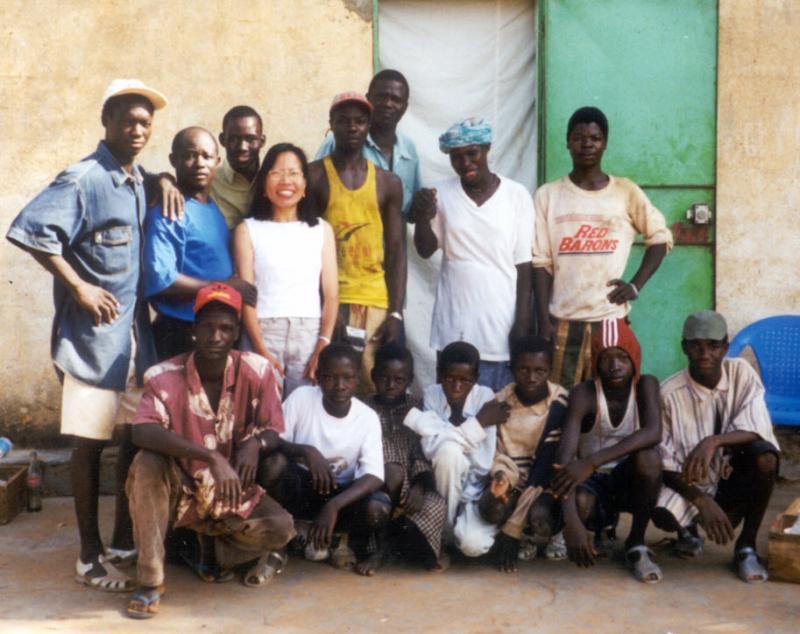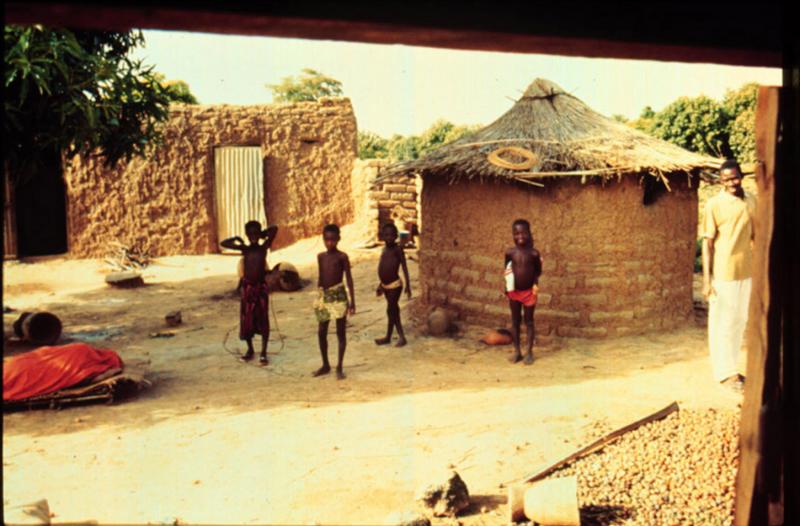Mosquitoes In Mali
By Frances E. Edillo
Mali, a west African country that straddles the arid Sahara in the north and the semi-arid Sahel in the south, has a land area more than four times that of the Philippines and a population of less than 9,000,000. Frances Edillo, from Southern Leyte, on leave from the University of San Carlos, Cebu, is working on her doctoral thesis at the University of California, Los Angeles.

I did research fieldwork every July and August from 1997 to 2000 for my PhD project entitled, ‘Population Dynamics of Malaria Mosquitoes, Anopheles gambiae Giles complex, in Banambani village, Mali, West Africa’. Malaria is a life-threatening parasitic disease transmitted to humans through the bite of the female Anopheles mosquito. In Africa, three mosquito species are the primary malaria vectors: An. Funestus, An gambiae s.s (sensu stricto) and An. Arabiensis. The latter two are morphologically similar and are called the sibling species of An. Gambiae s. l. (sensu lato). The World Health Organization estimates that there are 300 to 500 million clinical cases of malaria worldwide each year, about 90 percent in sub-Saharan Africa, with one to three million deaths. The disease also causes economic growth to decrease by 1.3 percent of the gross domestic product (GDP).
Need for malaria control
Studying the population dynamics of these mosquitoes is very important for malaria control, particularly that its toll is growing. Mosquitoes develop resistance to insecticides; the parasites become resistant to preventive and therapeutic drugs and a successful malaria vaccine does not exist. Poverty and a lack of education, together with social and ecological disruption, hinder the application of current control measures.

Banambani is the standard site for malaria research in the Northern Sudan savanna, an eco-climatic zone, and the villagers are well used to foreign researchers. My project dealt with the population biology of An. Gambiae s.s., its molecular forms, and An. Arabiensis. My role in the overall collaborative project was to analyze the spatial distribution of the mosquitoes and to estimate the survivorship of their larvae within a single village. This was to enable us to understand their ecology and population dynamics. This is important in predicting the fate of introduced genes in the overall project, which was the experimental release of genetically engineered mosquitoes into the natural population for malarial control. The basic principle of genetically altered mosquitoes is to turn disease-carrying mosquitoes into harmless pests. If such ‘transgenic’ mosquitoes were genetically fit but unable to transmit the malaria-causing parasite, Plasmodium falciparum, and if they could be introduced into natural populations at a high enough frequency, they might transmit the malaria parasite at a much lower rate. This would be an important proof of the principle, but the road ahead is still long.
I spent many days mapping mosquito breeding sites and collecting specimens under very difficult condition in Banambani, with its sub-optimal infrastructure. The village covers an area of over 600 by 2,000 meters and is 20 kms from Bamako, the capital of Mali. It has about 700 inhabitants occupying 250 dwellings grouped into 70 compounds. There are four types of dwelling: round huts with a conical thatched roof, round huts with a flat mud top, quadrangular huts with a sheet metal roof and quadrangular huts with a flat mud top. Each compound houses an extended family in this polygamous culture. The rainy season is from mid-May to early October. Rainfall usually ranges from 830 to 1,100 mm during 81 to 89 hours of rain, with an average monthly temperature of 26 to 29 °Cand relative humidity of 68 to 74 percent.

I learned the local language, Bambara, in a crash course at UCLA before going to Mali. To my surprise, the villagers were very happy that I was able to speak their language well enough to greet them with, “I ka kene?” (How are you?) and such. With a smattering of other phrases I could explain to them what I was doing and its relevance in understanding the biology of malaria.
How the villagers live
I observed many forms of unfreedom such as malnutrition, little access to health care, sanitary arrangements and clean water, inequality between women and men, and a lack of education, among others. The well the people used as their source of water was less than ten meters from their toilet pit. Women washed clothes and dishes in the river and even in small ponds. Children enjoyed swimming in the swamp. Women did the household chores, cooked food, took care of their children, and walked downhill every week to the market in the next town, around 10 kms away, with baskets of fruit on their heads. Most men and boys farmed.
Simple life, simple joys
Despite the material poverty, I was always energized and touched by the simplicity of the people’s hearts and their warmth and joy in appreciating the little they had. For example, for my health’s sake, I usually brought canned goods whenever I camped out in the village. Once the cans were empty, children asked me for them. Within half an hour or so, the flat sardine cans had become little “carts,” the kids joyfully running around and playing with their new toys. Every time I finished my fieldwork, I gave away some of my t-shirts and slippers. One old woman was so happy that she gave me a pair of earrings. I was touched by that reciprocal generosity. The following year when I resumed my fieldwork, they specially wore these shirts to show their appreciation and that they had taken good care of them. Always with a smile, they courteously greeted each other and the tubabu, foreigners, with “Ini sogoma” (good morning), “Ini wula” (good afternoon) and “Ini chè” (good evening). They were very warm and happy people and celebrated special days by wearing their best dress and dancing in the street. However, it pained me to see some of my fieldwork assistants coming down with malaria. My headache pain reliever helped ease their fever temporarily.
Overall, the whole experience enabled me to help some people who were really in need. This outweighed the hardship I faced in trying to do so. I’ve felt the pain of the extreme effects of poverty and lack of education in a way that is not just intellectual and academic but very human. I just offer to the Lord the findings of my project even if at this point the output is still in the form of manuscripts.